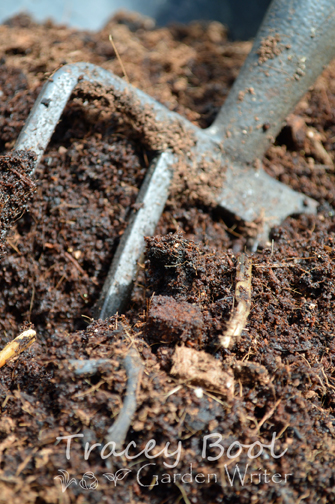|
Canberra Soils
(August 2016) Your humble garden soil is anything but – soil is a diverse media containing a hive of microbial activity and interactions with minerals, moisture, organic matter, air and rock in various stages of decomposition. A more fascinating and scientific subject would be difficult to find. Plants rely on soil for survival and so it makes sense to conserve and improve our patch of land in order to grow the healthiest, most prolific plants we can, for both ornamental and productive uses. Unimproved Canberra soils are generally clay based, deficient in organic matter and often compacted. Potentially this means fertility is reduced and soil is prone to either drying out or becoming waterlogged. It also makes it difficult for plants to grow and access the soil air and water required for healthy growth. There is a lot to love about clay though, including the fact that with the right preparation it offers an extensive range of minerals, good anchorage for plant roots, and maintains soil moisture more effectively than sandy-based soils (less watering and money spent). When preparing clay soils for planting, there are a few rules to follow to avoid costly mishaps including:
|

